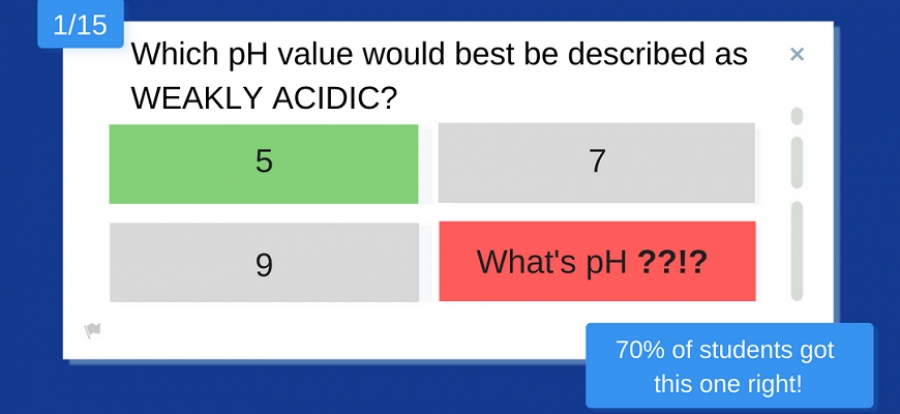Fortunately for teachers, in the era of digital we can now rely more and more on edtech, such as artificial intelligence resources, to compute the answers and grade the papers. Digital assessment has become hugely popular over the past few years - so much so that at GL Assessment, over 10 million of their online tests have been taken in the last five years!
Assessment is an aspect of school life with which many education suppliers concern themselves, as plenty of them have developed platforms offering reports on children’s performance. “We can now rely more and more on edtech such as AI.”Indeed, the main advantage of digital assessment is that it gives teachers real-time data on their students.
For example, Unio by Harness is not only a cross-curricula lesson delivery platform; it’s also a student assessment platform, giving teachers an instant insight into student’s understanding of a lesson through real-time learning feedback. The Tassomai programme, meanwhile, aids teachers with workload - reducing time spent on assessment, marking and analysis - by helping them to target intervention with those pupils who really need it.
At the end of the day, the genuinely revolutionary aspect of digital assessment is that it opens a world of personalisation of the learning that we haven’t seen until now.
Hilary Fine, senior publisher at GL Assessment, agrees: “Technology provides students with a more personalised experience,” she told me. “Adaptive testing allows the test questions to change, based on how the child is performing. This has the benefits of stretching those who need to be challenged, making the assessment accessible and non-threatening for the children who are struggling, and providing teachers with a more comprehensive picture of how each child is performing.”
Going further, Learning Ladders has developed a highly-tailored approach to each school and each child when it comes to “Digital assessment gives teachers real-time data on student progress.”devising assessments. Matt Koster-Marcon, founder and CEO of the social enterprise, told me: “In class, the teachers use our unique individual pupil learning journeys to generate structured conversations about learning, as well as live actionable insights unique to every child.”
By taking a whole-school approach, Learning Ladders also works with the schools on the curriculum they teach. Matt explained: “Great assessment has to start with a quality, bespoke curriculum. So with Learning Ladders, every school has their own, unique, tailored version of our curriculum content, and every child has their own learning journey. The child is at the heart of it, driving it, proud of it, and engaged.”
Teachers and headteachers have seen the impact of this approach to assessment. Nichola Potts, headteacher at Christ the King School, commented: “We have used Learning Ladders to put pupil voice at the heart of our assessment system, empowering pupils and staff alike, and giving them a practical means of assessing progress in a visible and child-centred way.”
She concluded: “Assessment is now not a standalone tool that is used in isolation away from the children. Learning Ladders is an integral part of the language of our learning together.”
Want to receive cutting-edge insights from leading educators each week? Sign up to our Community Update and be part of the action!


















